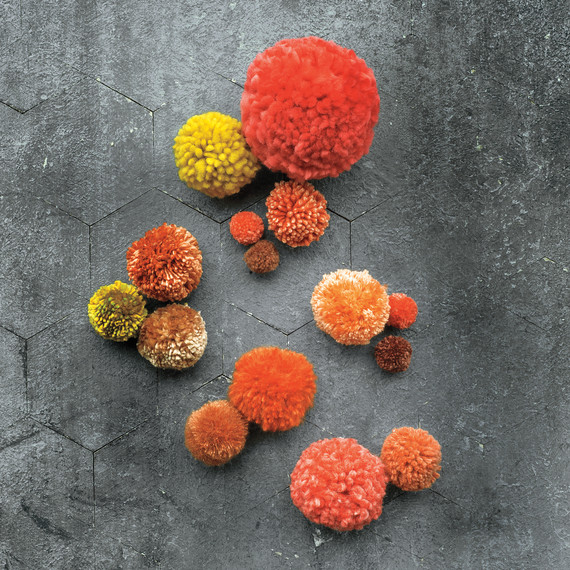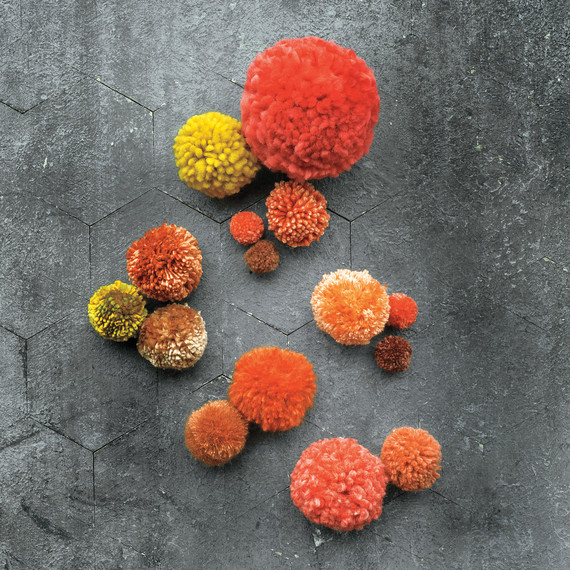

Photography by: Matthew Williams
What’s not to love about pom-poms?
They’re bouncy and soft. They perk up your party decor, add new flair to your worn-in sweaters, and give a ladylike polish to pairs of shoes. The appeal of these puffy pieces has apparently been evident for hundreds of years.
The word “pom-pom” is said to have originated from the French word “pompon” during the 18th century. At this time, the imposing Hungarian cavalry known as the Hussars wore what was called a shako, or a tall structured cap, as part of their uniforms. This impressive (but admittedly heavy) headgear caught the eye of regiments across Europe, including the soldiers of Napoleon’s army. Different regiments put their own trademark twist on it — some ornamented the caps with metal plating, others topped them with feathered plumage or a pom-pom. The color and shape of the fluffy flourish signified regiment and rank and was a source of pride for a soldier.
Meanwhile, off the battlefield, the pom-pom held great significance as well. In South America, traditional garments of both men and women were being decorated with differently colored pom-poms as a signal of their marital status. In Rome, clergymen wore square-peaked caps called birettas. The color of the pom-pom that crowned each biretta signified the wearer’s order.
While pom-poms have always been part of traditional dress in Scotland — men wore a floppy beret called a Balmoral bonnet that was topped with a bright red pom-pom iconically known as a toorie — they enjoyed their biggest rise in popularity during the Great Depression of the 1930s. Compared with tassels and jeweled trinkets, the pom-pom was an economically sound embellishment -– it could be scrapped together with leftover yarn. At the same time, tissue pom-poms were popping up at high school dances as easy DIY decorations and in cheerleaders’ hands as fun, festive substitutes for batons. People everywhere fell in love with the flare and playfulness of the pom-pom. And the little poofs have been equally enjoyed to this day.
Inspired to take on a pom-pom project of your own? Try this beanie!
SOURCE:http://www.marthastewart.com/1098945/decorative-past-powerful-past-pom-pom